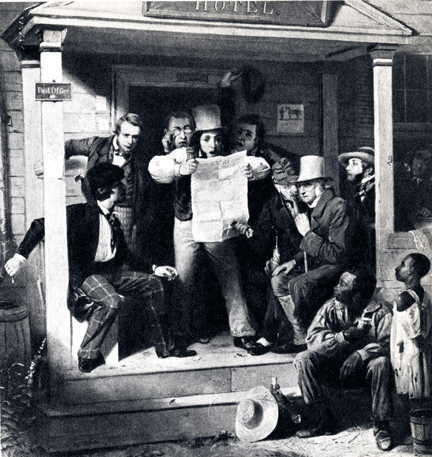The Gifted Institution
- by Bruce E. McKinney

Everyone can look, but only libraries buy, for one year
I envision initial inter-library transfers at 40% of fair market value as determined by an examination of auction records. An elected board of overseers from the library community will adjust the transfer percentage as needed.
Any library can post and any library buy.
Material unsold after public posting for a year may then, at the library's option, be retained or released to the public to repopulate the collecting field. Such material could be sent to auction, posted online or consigned to dealers.
Once the mandatory listing period on the LBE expires some libraries may simply open their listings to the public perhaps at a discount to retail but possibly well above the inter-library transfer price. In theory an increasing discount could be offered to sell most material during the second year.
1st year
Library to Library sales at 40% of fair market value
2nd year
13th month 80% of fair market price to public
14th month 70% of fair market price to public
15th month 60% of fair market price to public
Material unsold, in the 20th month, would be 10% of fair market value. Why would material with a theoretical higher value sell for low prices? Past prices indicate but do not confirm present value. Only the market confirms price. As well, library copies may have library markings and unattractive bindings.
In this way institutions can raise money and free shelf space. They can of course acquire material on the Library Exchange at the discounted percentage.
At the same time it is important to remember the signal contributions of donors and in organizing the Library Book Exchange [LBE] seize the opportunity to create a significant advance in recognition of them. In doing this potential donor opposition will be overcome.
When material is received by a library its provenance should be recorded. If the book is important it may warrant a gift plate, identifying the donor and date. If a library later deaccessions a book, if a bookplate had not yet been inserted then one should be. The contributing library would then enter details of this copy into a national database not unlike what AE currently provides for all book, manuscript and ephemera lots offered at auction. Later, should the book be transferred the name of the receiving institution and the date would be added. In time, should the book again be deaccessioned, to another institution or the public, the details would again be recorded. Whether the records for books then entering the public domain continue to be recorded will probably depend on one simple thing: the quality of the glue on the bookplate. If the glue does not give way the material will eventually come to light. The nature of the glue will be the subject of debate. No doubt, donors will prefer a tasteful form of welded paper.